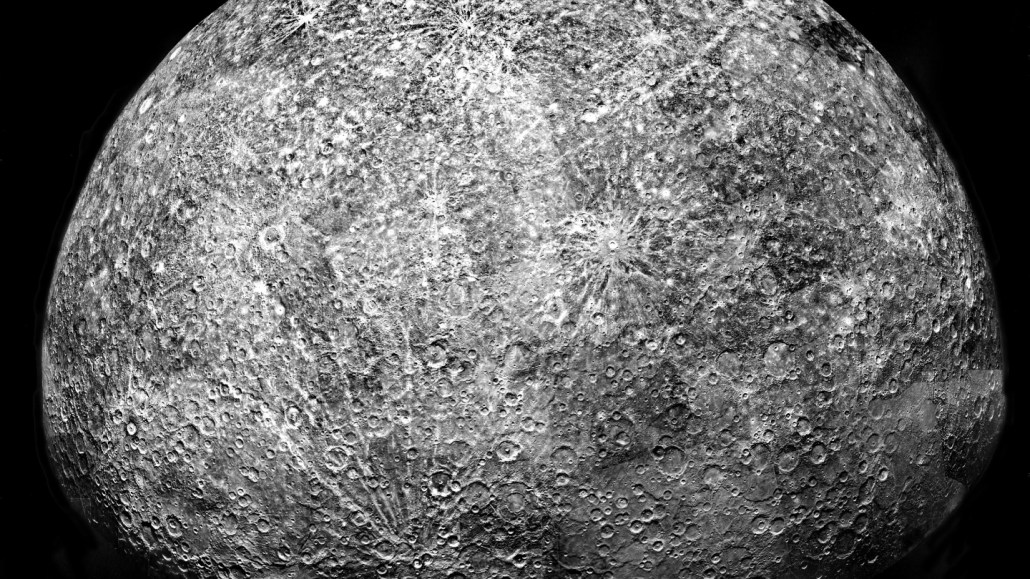50 years ago, the first probe to visit Mercury launched
Excerpt from the November 10, 1973 issue of Science News

Mariner 10 flew by Mercury three times from 1974 to 1975. The NASA spacecraft encountered a cratered, moonlike terrain as it mapped the planet’s surface (a photomosaic of the southern hemisphere shown).
JPL-Caltech/NASA








